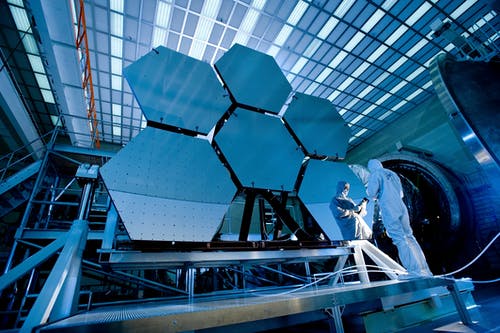The R&D Tax Credit
The Research and Development (R&D) Tax credit was first created in 1981 to help stimulate technological advances in the United States. The credit was revised under the 2015 Path Amendments to allow other sectors of innovation, such as those in technical and professional services to benefit from the credit. The credit is found in Internal Revenue Code § 41.
To qualify for the credit, the IRS reviews whether the business activity meets the requirements under the Four Part Test.

The Four Part Test
- Qualified Purpose: The business activity involves new/improvement to a product or service.
- Elimination of Uncertainty: the business attempts to make the product or service more robust by making outcomes more certain;
- Experimentation: The work must involve some form of testing;
- Technology Based: The activity must be based in the hard sciences such as chemistry, physics, biology, engineering, or computer sciences.
If a business activities meet the Four Part Test, they are able to claim the benefits resulting from the R&D Tax Credit including:
- Dollar-for-Dollar Tax Savings on Qualied Research Expenditures (which can even include marketing costs in certain cases);
- Carry Back and Carry Forward benefits to the business tax returns;
- Up to 10% of R&D Costs are retained by the business; and
- Additional state level incentives.
What Are Some of the Qualifying Activities?
Most businesses believe that the R&D Tax Credit is not available to them because they do not have employees running around in lab coats with test tubes in their hands.
Nothing could be further from the truth!
Companies can qualify for for the Tax Credit right from the start of planning for the project and continue until the business component is ready for commercial release. The research and development does not have to be a new concept in the industry – just new to the business! Here are some examples!
Engineering
- Designing and installing heating and air conditioning systems
- Designing building (plumbing, piping, electrical) systems
- Conducting new product development and design
- Performing CAD modeling
Environmental
- Conducting brownfield redevelopment
- Conducting site remediation and redevelopment
- Drainage system design
- Development of new remediation strategies
- Software design as applied to environmental management
Manufacturing
- Design of new products or processes
- Development of prototypes for testing
- Innovations in manufacturing processes
- Design and development of scale up operations.
- Testing of existing equipment in novel processes.
Software Development
- Creating of new apps/software for any sector
- Any coding work related to software development
- Development of system enhancements to increase processing efficiency.
Architecture
- Developing unique energy efficient features
- Designing master plans
- Developing schematic designs
- Developing planning and elevation drawings
- Achieving LEED certification
Construction
- Building Information Modeling
- Design for LEED/Green Initiatives
- HVAC design
- BIM modeling for sub-system coordination
- System detailing for constructability
- Value engineering
R&D Tax Credit Estimator
(Please note the calculation below is for illustrative purpose only. Actual numbers will be determined at time of engagement)
Address
1055 E. Colorado Boulevard
Ste 500
Pasadena, CA 91106
Phone
213.878.2628
